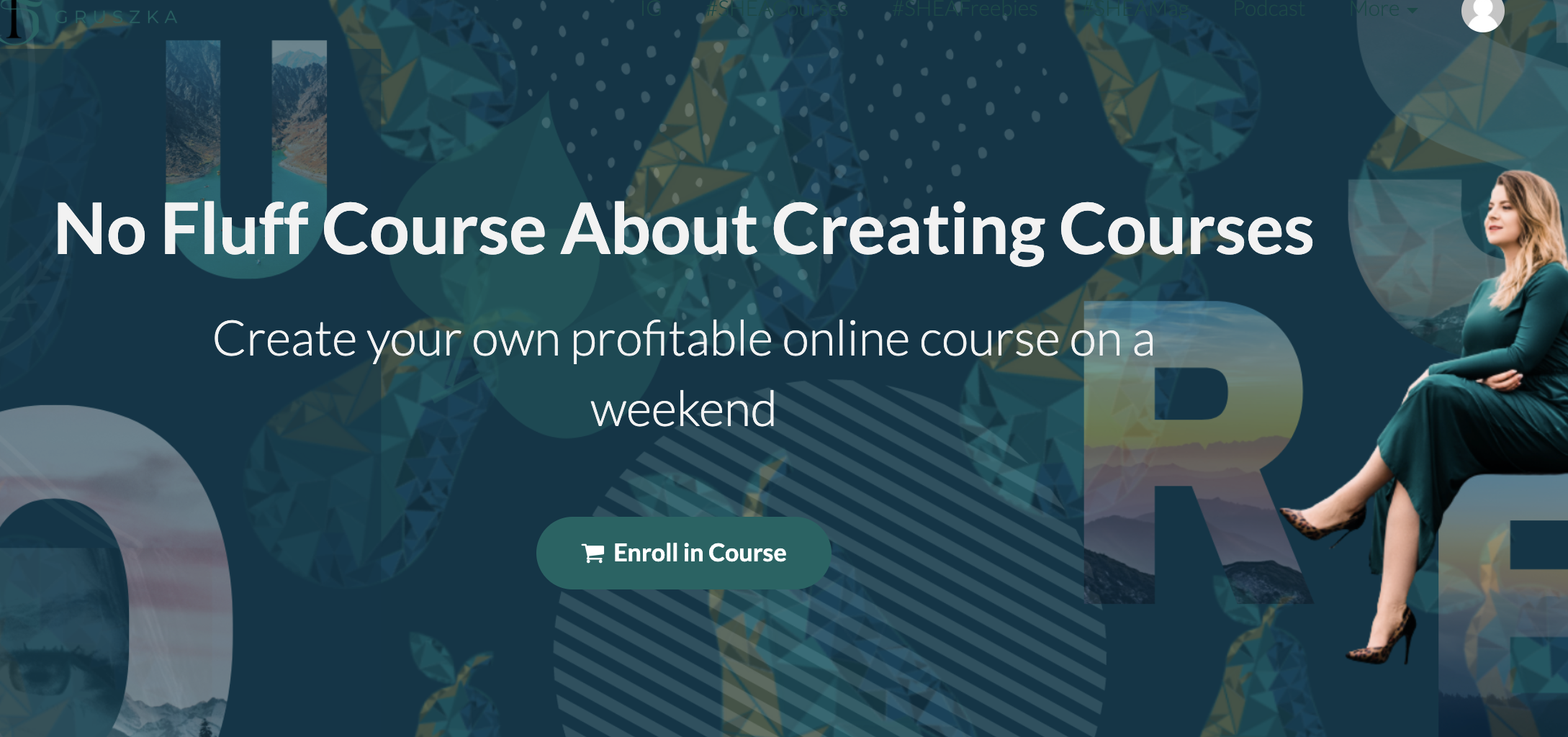Best practices for structuring your online course
As more and more people turn to online learning, it’s important for course creators to structure their courses in a way that makes them engaging and easy to navigate. Here are some best practices for structuring your online course:
Start with clear learning objectives: Before you start creating content, clearly define the learning objectives for your course. This will help you stay focused and ensure that your course is designed to help students achieve specific learning outcomes.
Organize content into modules or units: Divide your course content into logical units or modules. This will help students stay organized and make it easier for them to navigate the course. Make sure to clearly label each module and provide an overview of what will be covered.
Use multimedia content: To keep students engaged, mix up the types of content you provide. Use a variety of media, such as videos, graphics, and interactive quizzes, to keep students interested and help reinforce the material.
Include assessments: Regular assessments help students retain information and make it easier for them to gauge their progress. Consider including quizzes, tests, or assignments throughout your course.
Provide feedback and support: Online learning can be isolating, so make sure to provide opportunities for students to interact with you and each other. Consider setting up discussion forums or live Q&A sessions. Also, make sure to provide prompt feedback on assignments and assessments.
Make your course visually appealing: Use a visually appealing design and layout to make your course more engaging. Use colors, fonts, and images that complement the content and make it easier to navigate.
Keep it simple: While it’s important to make your course engaging, it’s equally important to keep it simple. Avoid cluttered pages or overly complex content that might overwhelm students.
In summary, structuring an online course requires careful planning and attention to detail. By following these best practices, you can create a course that is engaging, informative, and easy to navigate, helping your students achieve their learning objectives.


